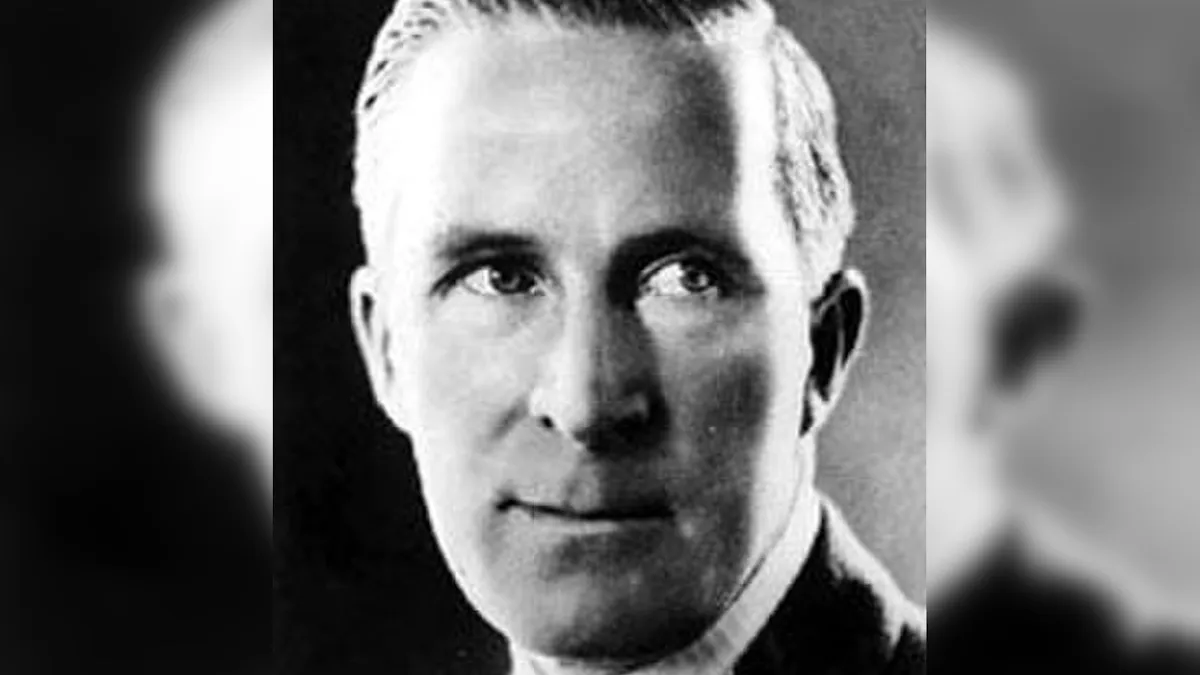On the morning of February 2, 1922, Hollywood woke up to a tragedy. William Desmond Taylor, one of the most famous film directors of the silent era, was found dead in his Los Angeles home. His valet, Henry Peavey, discovered the 49-year-old lying on the floor, shot once in the back. The case quickly became one of the biggest scandals early Hollywood had ever seen, and to this day, no one knows who killed him.
At first, the scene of the crime seemed nonsensical. Taylor’s home in the Westlake area was unlocked but seemed untouched, as if nothing had been stolen or disturbed. A doctor who arrived early on thought Taylor had died of a stomach problem, but that idea was soon dismissed when a bullet wound was found in his back. The murder weapon was missing, and police handling of the crime scene was sloppy. Within hours, rumors began to swirl, and newspapers jumped at the chance to sensationalize every detail.
This came at a time when Hollywood was already in trouble. Just months earlier, actor Roscoe “Fatty” Arbuckle had been accused of killing a young woman at a party, a scandal that made the public see Hollywood as a place full of immoral stars and secret sins. Taylor’s murder only made things worse.
The director himself had a mysterious past. He was born in Ireland as William Cunningham Deane-Tanner but had left behind his wife and child years earlier to start over in America under a new name. He was successful, charming, and well-connected, often seen with young actresses. One of them was Mary Miles Minter, a teenage star who was rumored to be in love with him. Her mother reportedly disapproved, and both women became key figures in the investigation.
Other suspects included Taylor’s former valet, Edward F. Sands, who had once stolen from him and then vanished right after the murder. There were also whispers of connections to drug dealers, blackmailers, and secret lovers. But despite all the gossip and theories, police never solved the case.
The murder had a lasting impact far beyond one man’s death. Scared of losing the public’s trust, Hollywood studios decided to clean up their image. They formed an organization called the Motion Picture Producers and Distributors of America and hired Will H. Hays to create moral rules for films and stars, a system that would shape the movie industry for decades.
The press also changed how it covered celebrity crime. Reporters dug into every rumour about Taylor’s private life, printing love letters and scandalous details. Hollywood became not just a dream factory but a place where fame and gossip collided.
Even a century later, William Desmond Taylor’s murder remains one of Hollywood’s greatest mysteries. His death didn’t just expose the dark side of fame, it forced the movie industry to confront how much its survival depended on its reputation.

